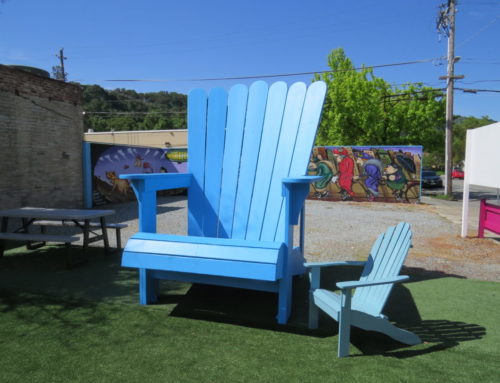Published in the July 9-23, 2014 issue of Morgan Hill Life
By Marty Cheek

Marty Cheek
With a downtown parade and pillars of fireworks streaming skyward July 4, Morgan Hill last week celebrated the birth of the American experiment. With pomp and pageantry, we paid a salute to a group of men who 238 years ago decided to declare themselves independent of the tyranny of monarchy and engineer a system of self-government that forever changed the world.
With parallels to 1776, another American revolution happened in the Bay Area 57 years ago, a revolution that forever changed the world politically, economically and technologically. The revolution I’m referring to was conceived on a June day in 1957 when 10 men met in San Francisco for a secret meeting at the luxurious Clift Hotel. At the end of that meeting, the men signed their names to 10 newly-minted dollar bills, a symbolic way of declaring themselves independent from the tyranny of a harsh boss.
Those men included eight engineers who had been employed for about 14 months by Shockley Semiconductor Laboratory in Mountain View. The man the eight had worked for was William Shockley, a Nobel laureate for co-inventing the transistor that replaced the cumbersome vacuum tubes used in computers.

The Fairchild Eight, Photo courtesy Magnum Photos
Shockley had hired the most talented young scientists in America. He needed their expertise in developing the next stage in micro-electronics. At first excited by working with Shockley, the men soon found themselves in a hostile work environment. Shockley indeed possessed a brilliant mind. Unfortunately, he also suffered from paranoia and a micromanaging personality. His behavior grew increasingly erratic and distrustful. One sign of his disturbed mental state was his requiring the men to take lie detector tests, which they refused to do.
Finally, seven of the men at Shockley had enough of their tyrannical boss. They decided to defect and start their own company. But they knew they couldn’t do it without the help of fellow employee Robert Noyce, a 29-year-old Midwesterner with a brilliance for semiconductor science and an affability that made him a natural leader. With a wife, two kids, and a mortgage, Noyce was reluctant to leave. But seeing his boss’s descent into instability, Noyce joined the other men in a drive up the Peninsula in a station wagon to meet two East Coast bankers at the Clift Hotel.
Historian Leslie Berlin calls the dollar bills the men signed “Silicon Valley’s declaration of independence.” Writer Michael S. Malone believes Silicon Valley began that morning when Noyce decided to get in the station wagon.
On Sept. 18, 1957, the men left the employ of Shockley and began forming a firm called Fairchild Semiconductor. Perhaps every year Americans should celebrate that day as an American revolution with a pomp and pageantry similar to July 4.
With growing need for specialized electronic components in military use and space exploration, Fairchild quickly grew profitable by supplying microelectronics to the government.
Today, the Fairchild founders are dubbed “the Traitorous Eight.” What they did in becoming “traitors” to Shockley’s tyranny is just as revolutionary as America’s founders seeking liberty from the tyranny of King George III. During the 1950s, the American electronics industry was firmly established on the East Coast. Workers were conditioned to stay loyal to companies in exchange for life-long employment. By resigning, the eight engineers established a Silicon Valley tradition of risk-taking. Perhaps the pastoral Santa Clara Valley’s location 3,000 miles from the East Coast provided the culture for the men to gamble their professional lives for a chance at business success.
Fairchild is today seen as an incubator for many Silicon Valley electronics companies including AMD, National Semiconductor, and Intel. These firms in turn led the way to other companies prominent in our Silicon Valley region including Apple, Google and Adobe.
Taking a chance for a better future is the theme of the American story. Whether it be 1776, 1957 or 2014, we grow as a nation by seeking independence from tyranny for a higher quality of life through innovation. We stand at our best when we find courage in ourselves to take risks.






